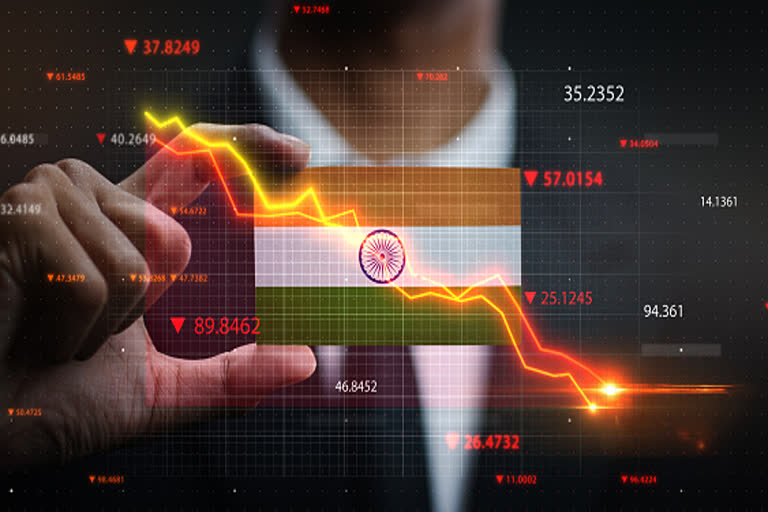New Delhi: S&P Global Ratings on Wednesday said India will be one of the fastest growing emerging market economies with a 10 per cent growth in the next fiscal, and future sovereign rating action would hinge on lowering fiscal deficit and sustaining debt burden.
S&P Director, Sovereign & International Public Finance Ratings, Andrew Wood said the forecast for India in 2021 is on stronger side and shows that a lot of economic activity, which was frozen last year, is coming back on line to normalisation thereby brightening the growth prospects, as well as structural strengths of Indian economy coming back to the fore.
"India will be one of the fastest growing economy in the EM (emerging market) space. India's contraction this year was steep and may be deeper than global average, but bounce back of 10 per cent that we are expecting next fiscal year will be putting India amongst the fastest growers in 2021 and more importantly we see Indian economy growing at 6 per cent over medium term, may be slightly higher, and that compares very well to EM all around the world," Wood said in a webinar on India outlook for 2021.
S&P said India's economy has stabilised over recent months, with progressively better manufacturing, services, labour market, and revenue data. The hard part will be converting these trends into a sustained recovery over the next few years.
India has exceeded its fiscal deficit target of 3.5 per cent in the current fiscal by a wide margin due to higher spendings to stimulate economy amid the pandemic. The fiscal deficit - the excess of government expenditure over its revenues - has been pegged at 9.5 per cent of the gross domestic product (GDP) in the current fiscal ending March 31, as per the revised estimate.
For the next 2021-22 fiscal, the deficit has been put at 6.8 per cent of the GDP, which will be further lowered to 4.5 per cent by 2025-26 fiscal ending March 31, 2026.
"Vast economic growth is crucial and critical for maintaining those deficits at those rates financing them and keeping debt stocks from rising even further. If that were to the case if the economy were to recover at a much lower pace than expected we would have additional concerns regarding the sustainability of those fiscal accounts," Wood added.
S&P currently has a 'BBB-' rating on India, with a stable outlook.
To a query on what could put downside pressure on ratings, Wood said, "If we have a much lower than expected recovery, slower nominal GDP growth, that would be a concern. If economy is not growing quickly then fiscal deficit would be lot higher and debt stock could be rising rather than stabilising. That would entail high government deficit and higher general government debt stock which could cause us to question the sustainability of India's public finances."
India's general government debt/GDP ratio, which stood at 72 per cent in 2019, has risen to around 90 per cent.
On the banking sector, S&P said large capital raising would bolster bank balance sheet and expects capital infusion in state-owned banks to be sufficient to support credit growth.
S&P Associate Director, Financial Institutions Ratings, Deepali Seth-Chhabria said the presence of large number of government-owned banks distort the competitive environment in Indian banking sector. Government's announcement to privatise two public sector banks is a welcome step and this process would require legislative changes to lower government stake in PSBs below 51 per cent.
"In long term it (privatisation) would improve system efficiency. In terms of consolidation, yes Indian banking system is a fragmented market and we do see the logic for consolidation ... We always believe consolidation is not an answer to the NPL and the capital issue that banks have been facing. Consolidation has to be accompanied with improvement in risk management and branch and staff re-alignment and governance improvement," she added.
In 2021-22 Budget, Finance Minister Nirmala Sitharaman announced that the government would privatise two public sector banks and one general insurance company.
(PTI)
Read more: Cairn Energy moves courts in US, UK, Netherlands to get USD 1.4 bn from India



